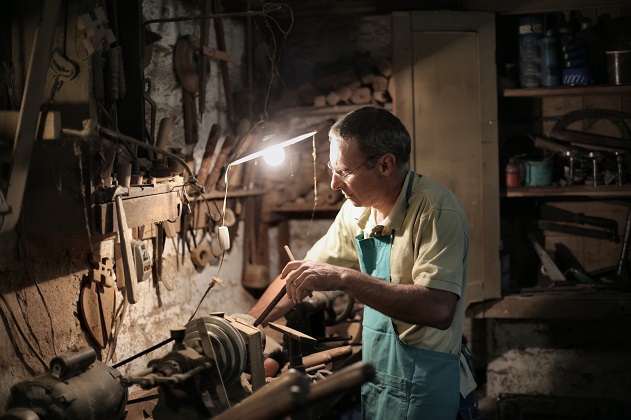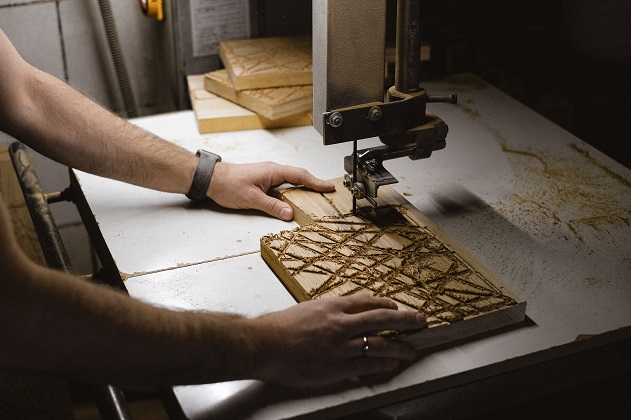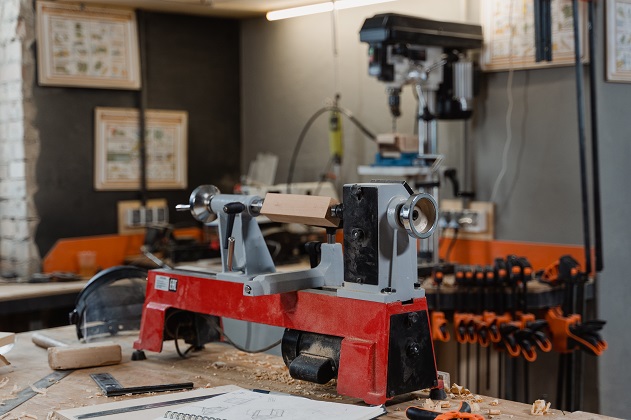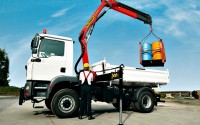A Guide to Finding the Ideal Lathe Tool for Your Cutting Process
Posted in Industrial Equipment By Ben Eliot On June 15, 2023Lathe cutting is a crucial part of metal and wood fabrication finishing, and it plays an important role in how the finishing process will turn out. Cutting metal and wood on a lathe is an art form that requires great skill, but with practice, it can become second nature. There are several ways to cut metal or wood on a lathe, each one requiring different tools and techniques. In this article, I will discuss the most common cutting methods used in industry today and what makes them advantageous for certain projects.

Advantages of Using a Lathe Tool
First, let’s look at the advantages of using a lathe, to begin with:
- The ability to rotate the workpiece allows you to use tools that would otherwise be unusable.
- Metal and wood can be cut using a blade or tool held against the workpiece while it is rotating. This saves time, effort, and material by eliminating the need for a separate cutting motion.
- Parts can be turned from solid pieces of metal or wood, which reduces waste compared to other fabrication methods like casting or milling from a block of material.
- The ability to rotate your project allows you to work on intricate details that would be impossible to achieve with a handheld tool or other types of cutting equipment.
- Metal and wood can be shaped through grinding, which is often faster than other methods of cutting. This allows you to work on multiple parts at the same time by switching out different tools while keeping the workpiece in motion.
- A lathe tool can be used for both large and small-scale projects. They are used in industries like aerospace and automotive, as well as smaller businesses that need customized products that cannot be made by machine.

Types of Lathe Tools
There are different types of lathe tools, suitable for the different cutting processes that can be used on a lathe. These include:
- Drills – Used for through holes and straight cuts. Drills have sharpened tips that rotate at high speeds, allowing them to penetrate metal and wood easily. They are available in many shapes and sizes to accommodate different workpieces.
- End Mills – Used for cutting out large components from a block of material, as well as some smaller details such as slots and holes. They are available in many sizes, shapes, and angles that allow them to reach into tight areas around your workpiece.
- Routers – Used for cutting and shaping wood, as well as some types of soft metals like aluminium. They have a spinning blade that can cut through thick pieces of material with ease, making them perfect for large-scale projects. Routers are available in many shapes and sizes, depending on whether you need them for rough or fine cuts.
- Drill Presses – Used for drilling holes in your workpiece from a standing position. They have a motor that drives the sharpened tip at high speeds, allowing you to control where the hole is going to be placed before it gets there. Most drill presses also feature an adjustable height and are used for many different applications.

What to Consider When Buying Lathe Cutting Tools?
There are a few key factors to consider when buying lathe tools:
- Budget – Your budget will play an important role in determining what kind of lathe tool you are going to purchase. Cheap tools can be found at most hardware stores, while expensive ones can only be purchased from industrial suppliers. In general, the higher the quality of your equipment, the better it is at performing its job. However, there are certain tasks that require a lower level of precision and may not justify spending more money on them.
- Type of Work – The type of work you are going to do will also play an important role in determining what kind of tool you should purchase. For example, if you need a lot of precision and control over your cuts, then a high-end ball-bearing drill is the right choice for you. On the other hand, if you’re working with materials that require less precision like aluminium or wood, then a lower-end model may be sufficient.
- Durability – In general, higher-quality equipment lasts longer than cheap ones, but it is important to keep in mind that not all cheap products are bad and the same goes for more expensive ones. It is still possible to find great deals on equipment at your local hardware store if you know what you’re looking for.
- Size – Some lathe tools require specific sizes of workpieces or accessories, so it is important to make sure that any tools you purchase will be compatible with them. In general, larger equipment is better suited for large-scale projects while smaller equipment is better suited for intricate details.
About Author
ben



